Tag: monitor
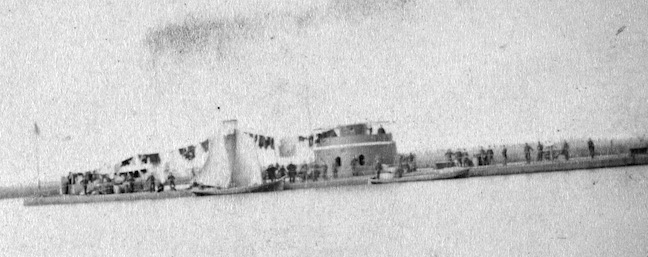 Wikipedia says: A monitor was a relatively small warship which was neither fast nor strongly armored but carried disproportionately large guns.
Wikipedia says: A monitor was a relatively small warship which was neither fast nor strongly armored but carried disproportionately large guns.
The original monitor was designed in 1861 by John Ericsson, who named it USS Monitor. They were designed for shallow waters and served as coastal ships. The term also encompassed more flexible breastwork monitors, and was sometimes used as a generic term for any turreted ship.
In Latin, a monitor is someone who admonishes: that is, reminds others of their duties—which is how USS Monitor was given its name.[citation needed] She was designed by John Ericsson for emergency service in the Federal navy during the American Civil War (1861–65) to blockade the Confederate States from supply at sea. Ericsson designed her to operate in shallow water and to present as small a target as possible, the water around her acting as protection.
Nathaniel Hawthorne described Monitor thus:
It was a platform of iron, so nearly on a level with the water that the swash of the waves broke over it, under the impulse of a very moderate breeze; and on this platform was raised a circular structure, likewise of iron, and rather broad and capacious, but of no great height. It could not be called a vessel at all; it was a machine…it looked like a gigantic rat-trap. It was ugly, questionable, suspicious…devilish; for this was the new war-fiend, destined…to annihilate whole navies and batter down old supremacies. The wooden walls of Old England cease to exist…now that the Monitor comes smoking into view; while the billows dash over what seems her deck, and storms bury even her turret in green water, as she burrows and snorts along, oftener under the surface than above…
Going on board, we were surprised at the extent and convenience of her interior accommodations. There is a spacious ward-room, nine or ten feet in height, besides a private cabin for the commander, and sleeping accommodations on an ample scale; the whole well lighted and ventilated, though beneath the surface of the water… It was like finding a palace, with all its conveniences, under the sea. The inaccessibility, the apparent impregnability, of this submerged iron fortress are most satisfactory; the officers and crew get down through a little hole in the deck, hermetically seal themselves, and go below… A storm of cannon-shot damages them no more than a handful of dried peas. We saw the shot-marks made by the great artillery of the Merrimack on the outer casing of the iron tower…with no corresponding bulge on the interior surface. In fact, the thing looked altogether too safe…the circumvolutory movement of the tower, the quick thrusting forth of the immense guns to deliver their ponderous missiles, and then the immediate recoil, and the security behind the closed port-holes.
The Battle of Hampton Roads (March 1862), between Monitor and CSS Virginia, was the first engagement between ironclad vessels. Several such battles took place during the course of the American Civil War, and the dozens of monitors built for the United States Navy reflected a ship-to-ship combat role in their designs. However, fortification bombardment was another critical role that the early monitors played, though one that these early designs were much less capable in performing.
Three months after the Battle of Hampton Roads, John Ericsson took his design to his native Sweden, and in 1865 the first Swedish monitor was built at Motala Warf in Norrköping, taking the engineer’s name. She was followed by 14 more monitors. One of them, Kanonbåten Sölve, served until 1922 and is today preserved at the Maritiman marine museum in Gothenburg.
Ericsson and others experimented greatly during the years of the American Civil War. Vessels constructed included a triple-turreted monitor, a class of paddlewheel-propelled monitors, a class of semi-submersible monitors, and a class of monitors armed with spar torpedoes.
Showing 1–16 of 63 results
-
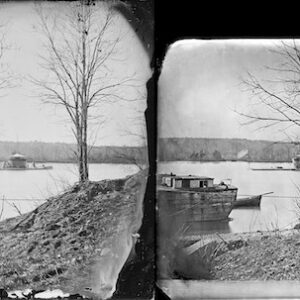
Image ID: AAIG
$5.99 -
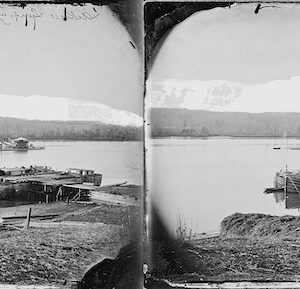
Image ID: AAIH
$3.99 – $4.99 -
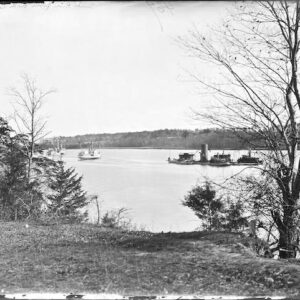
Image ID: AAIL
$4.99 – $5.99 -
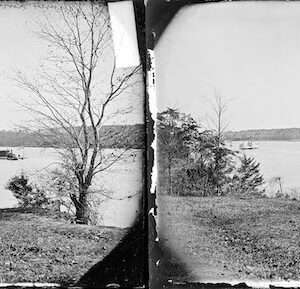
Image ID: AAJV
$3.99 – $5.99 -
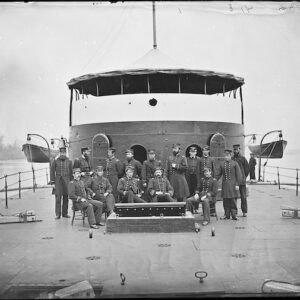
Image ID: AAQI
$4.99 – $6.99 -
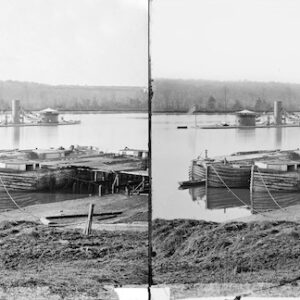
Image ID: ABSX
$6.99 -
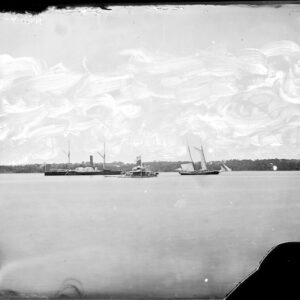
Image ID: ABYB
$4.99 -
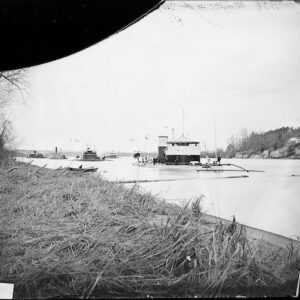
Image ID: ACUC
$4.99 – $6.99 -
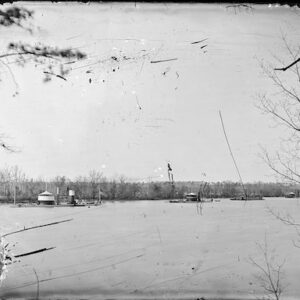
Image ID: ACWC
$3.99 -
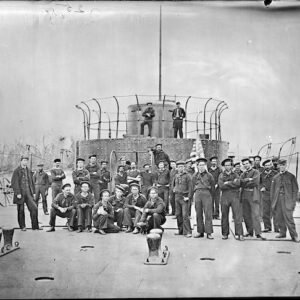
Image ID: ADJR
$3.99 – $6.99 -
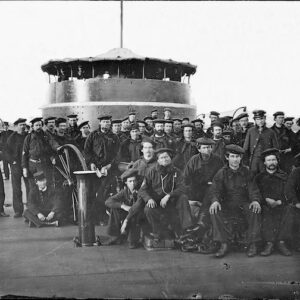
Image ID: ADKJ
$4.99 – $6.99 -
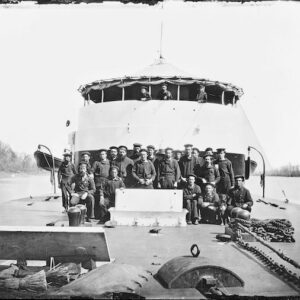
Image ID: AECE
$4.99 – $6.99 -
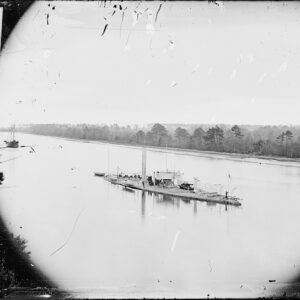
Image ID: AEHS
$4.99 -
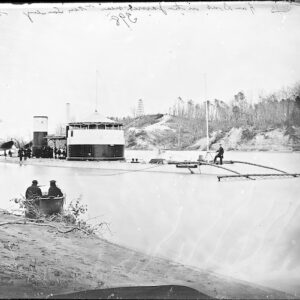
Image ID: AFJH
$4.99 – $6.99 -
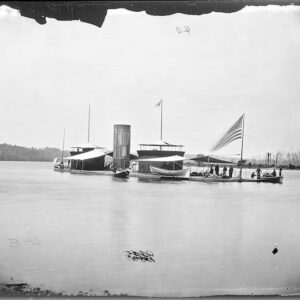
Image ID: AFKE
$4.99 – $6.99 -
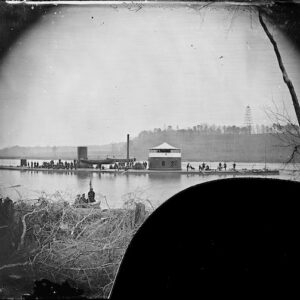
Image ID: AFNB
$4.99 – $5.99